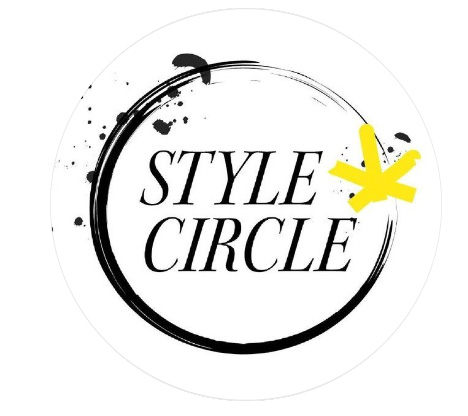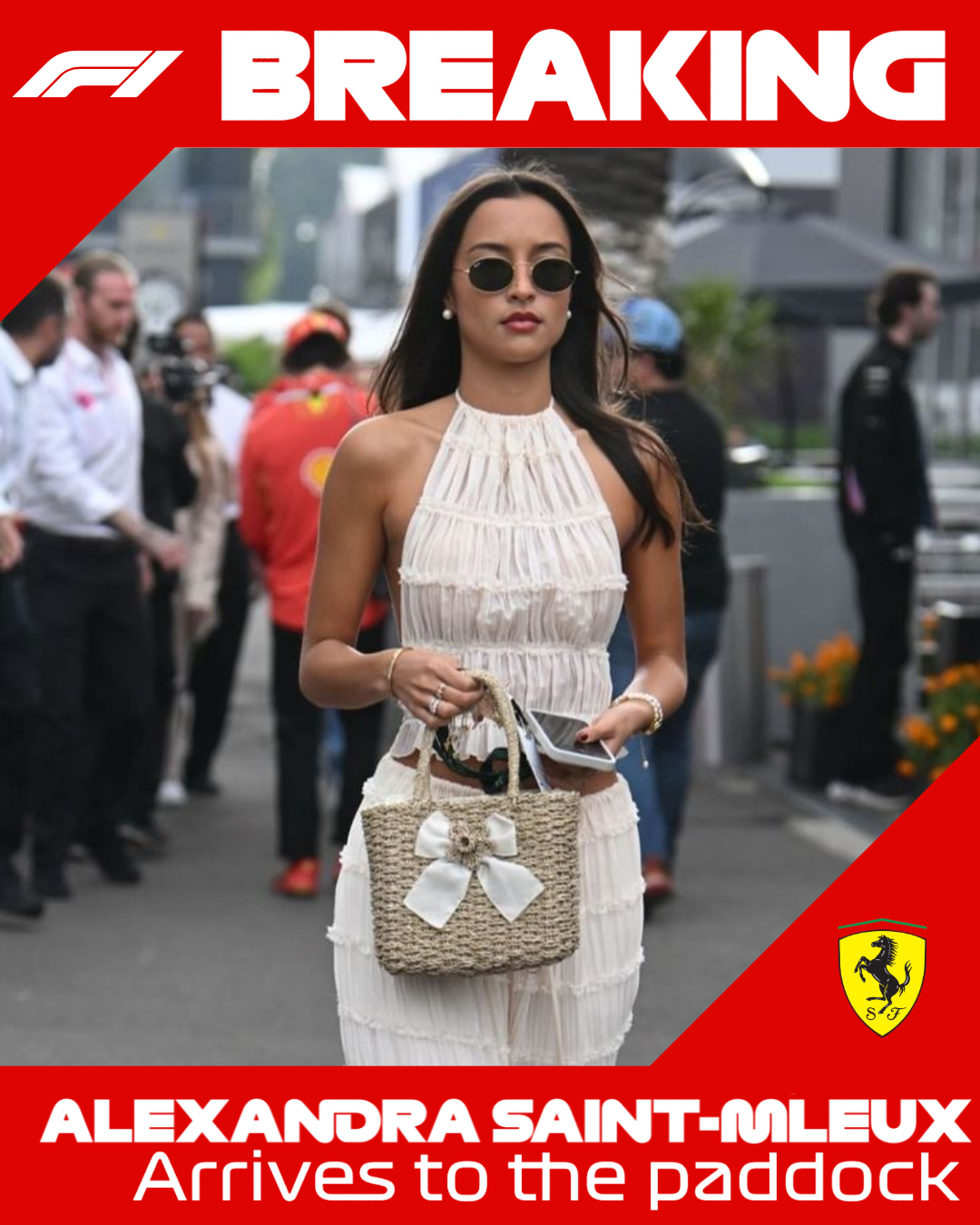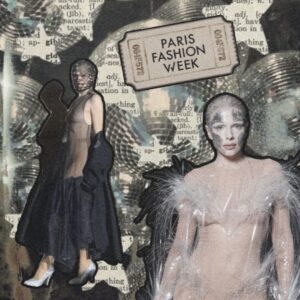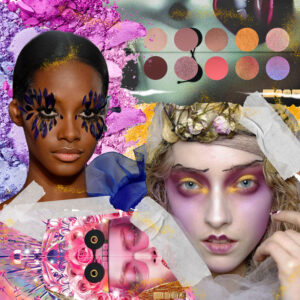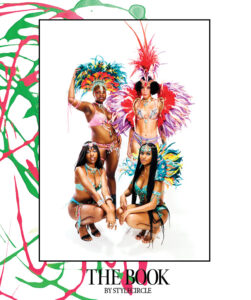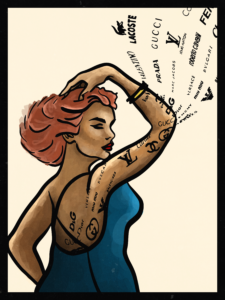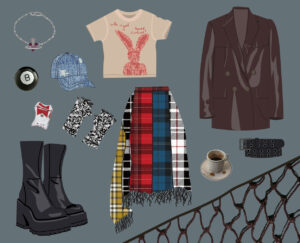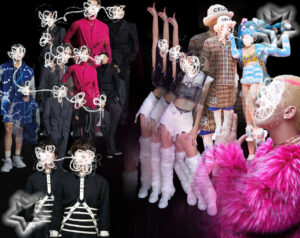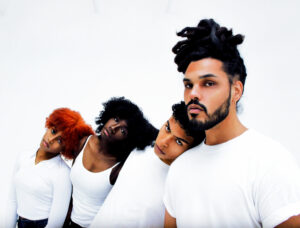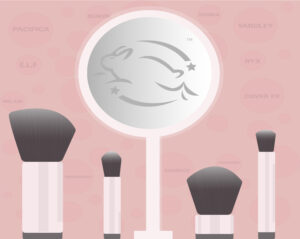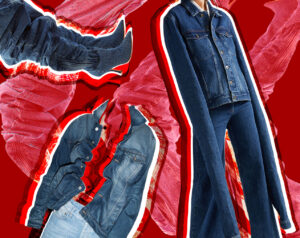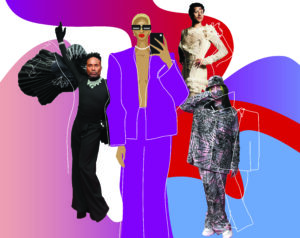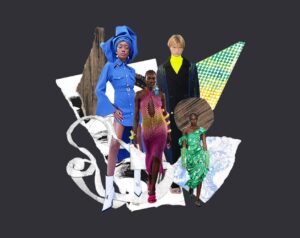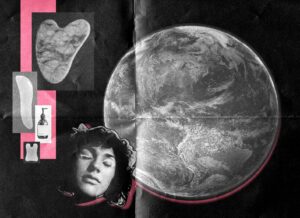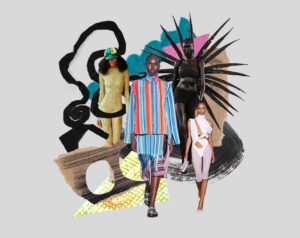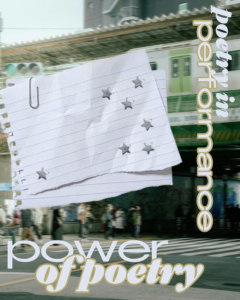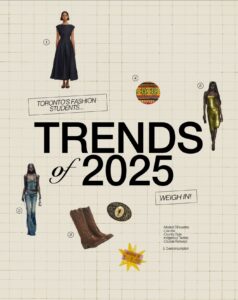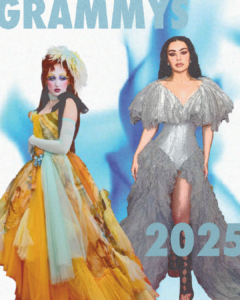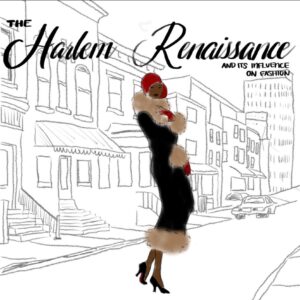AUTHOR: Lisa Tran
COPY EDITOR: Oliva Stone
GRAPHIC DESIGNER: Lisa Tran
To be an F1 WAG, is to be untouchable.
Within Formula One, the women who stand beside the sport’s biggest stars are more than just supportive partners–quickly, they find themselves becoming cultural figures, style icons, thrust into a world of attention now that WAG culture (Wives and girlfriends of popular athletes) continues to grow with the ever evolving race paddock. They become woven into the appeal of the racing series, serving as symbols of a lifestyle that feels just out of reach. The romanticization of F1 WAGs is no longer just about love and partnership; it’s about luxury, exclusivity, and the carefully curated image of wealth displayed through a show of effortless elegance.
Unlike WAGS in other sports series, Formula One WAGS are depicted with a certain image – an embodiment of the ‘old money’ aesthetic. Chic neutrals, luxury handbags, and simplistic tailored silhouettes– all align with F1’s reputation as a sport for the elite. Whether sitting in the hospitality suite, walking in the paddock, or residing in Monaco—a renowned hub for Formula One drivers and their associates, they exist within a world that feels more like a modern aristocracy than just another group of celebrity partners.
Is it their fashion that captivates us, or the fantasy they represent? Media outlets cover their style choices extensively, social media platforms obsess over their aesthetic, and fans rush to emulate their looks. Yet, the question remains—do we actually admire Alexandra Saint-Mleux’s fashion, or do we admire the life she lives? In a sport that thrives on exclusivity, how much of the F1 WAG phenomenon is truly about style, and how much of it is about the unattainable dream they sell?
Money Talks
The exclusivity of Formula One and its WAGs extends far beyond the race grid. The races themselves are staged in some of the extravagant locations in the world—Monaco, Abu Dhabi, Singapore— where VIP suites, yacht parties and luxury fashion houses create an atmosphere of glamour almost unattainable, reinforcing the idea that this is not just a sport, but a lifestyle designed for the ultra-rich.
F1 WAGs are not just observers of this world; they are an essential part of its mystique. The media paints them as effortlessly elegant, always impeccably dressed. Fashion houses like Hermès, Chanel, and Bottega Veneta had been WAGs such as Carmen Montero Mundt and Lily Muni He exemplified this aesthetic, subliminally sending the message that they perpetually exist within the most exclusive circles.
In contrast to WAGs in other sporting series, who have often been associated with the likes of reality television drama, F1 WAGs have been curated to fit into the ‘quiet luxury’ aesthetic. Their public personas are designed to exude discretion, poise, and effortless affluence–a branding meant to align with Formula One’s carefully crafted image: the idea that F1 is a world for the privileged few.
Media coverage and fan culture have elevated the F1 WAGs beyond their roles of romantic partners. Their presence at races are now heavily documented, their outfits dissected in fashion publications, and their social media accounts flooded with engagement from fans who aspire to have their lifestyle. But when does the line between fascination and admiration blur, bordering on something that reflects both aspiration and fantasy? To be an F1 WAG is not just about dating a world-class athlete; it is about gaining access to a world of private jets, designer wardrobes, exclusive events, and an aura of effortless luxury. Their existence is packaged and sold as a dream—one that feels impossible for the average person to attain, yet endlessly desirable to watch from afar.
Here lies an underlying question: Is it really their fashion we admire, or is it the life they lead? If they were not linked to Formula One would their style be considered aspirational, or would they simply blend into the background of influencer culture?
Style or Status?
F1 WAGS are often praised for their impeccable style, and while some outfits stand out among the sea of luxury bags, heels and sundresses, others have been underwhelming, or even questionable, yet continue to receive media attention.
Alexandra Saint-Mleux is arguably the most recognizable name among F1 drivers’ partners. Recently coming off a campaign with Rhode Beauty, she is also the partner of Charles Leclerc – the golden son of top racing team, Scuderia Ferrari.
While stylish, her fashion isn’t groundbreaking. The Juliette Halter top and skirt set she wore at the 2024 Mexican Grand Prix, made by Arcinaori, had already been seen on notable influencer Alix Earle. The Reformation’s Aara Silk Halterneck Midi-Dress and the Silvana Dress, which she wore at the season ending race in Abu Dhabi, feature ruffles and silk silhouettes that were already established as trending fashion pieces. The brands Saint-Mleux is often seen wearing – Charles & Keith, Meshki, Rhode – have already been popularized by influencers, long before she gained a platform.
Yet, she has still been credited with making fashion feel innovative. This raises the question: are these women being celebrated for their fashion sense, or for their association with wealth and exclusivity?
Fashion publications like Vogue, Elle, and Harper’s Bazaar have increasingly highlighted F1 WAGS as style influencers, covering their outfits during race weekends and even featuring them in editorials. Meanwhile F1-centric media outlets and social media fan accounts have begun treating them as integral parts of the sport’s culture, tracking their outfits as closely as their partners’ on-track performance.
But this shift is far from accidental–it’s part of a broader trend of F1 becoming more mainstream. As the sport gains traction in North America, thanks to Netflix’s ‘Drive to Survive,’ WAGs now serve as an accessible entry point for fashion and lifestyle enthusiasts who may not have been drawn to the motorsports series otherwise.
The media’s fixation on their aesthetic isn’t just about fashion—it’s about selling a luxury fantasy. With every feature, every style breakdown, and every viral TikTok analyzing their outfits, the unattainable aspect of F1 glamour is reinforced. By treating their fashion choices with the same intrigue given to the drivers, the media ensures that the women standing beside these top athletes are woven into the image of Formula One itself. The media attention toward F1 WAGS is not just about their fashion choices—it’s about how well they fit into the narrative of exclusivity, wealth, and effortless elegance. Their outfits may be simple, or even unremarkable, but the lifestyle they symbolize keeps audiences obsessed. It raises the questions: do fans truly love their fashion, or perhaps, what their fashion represents.
